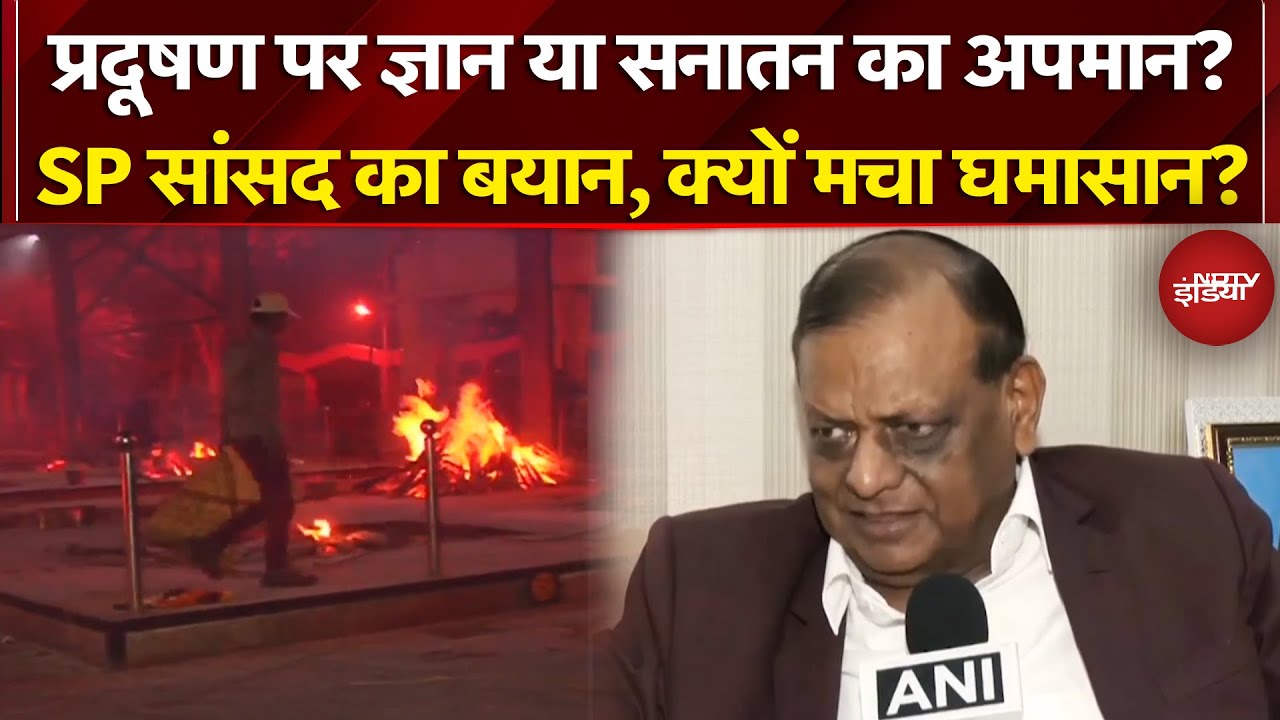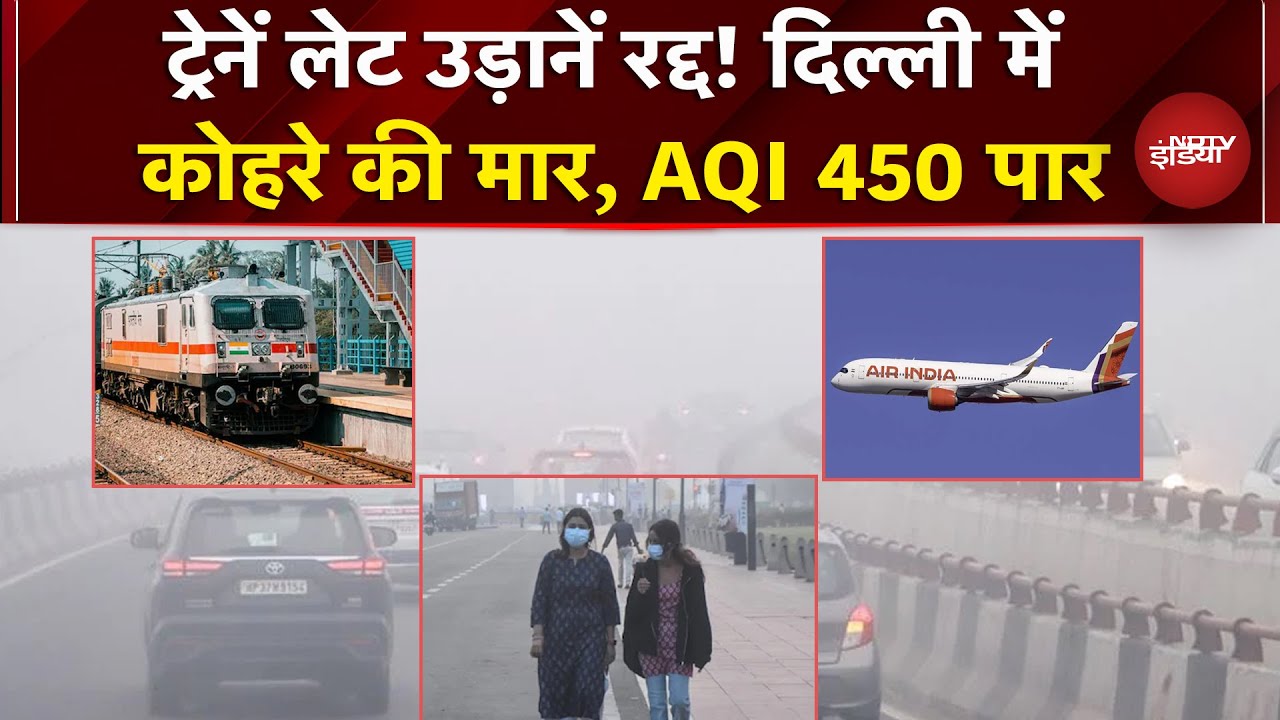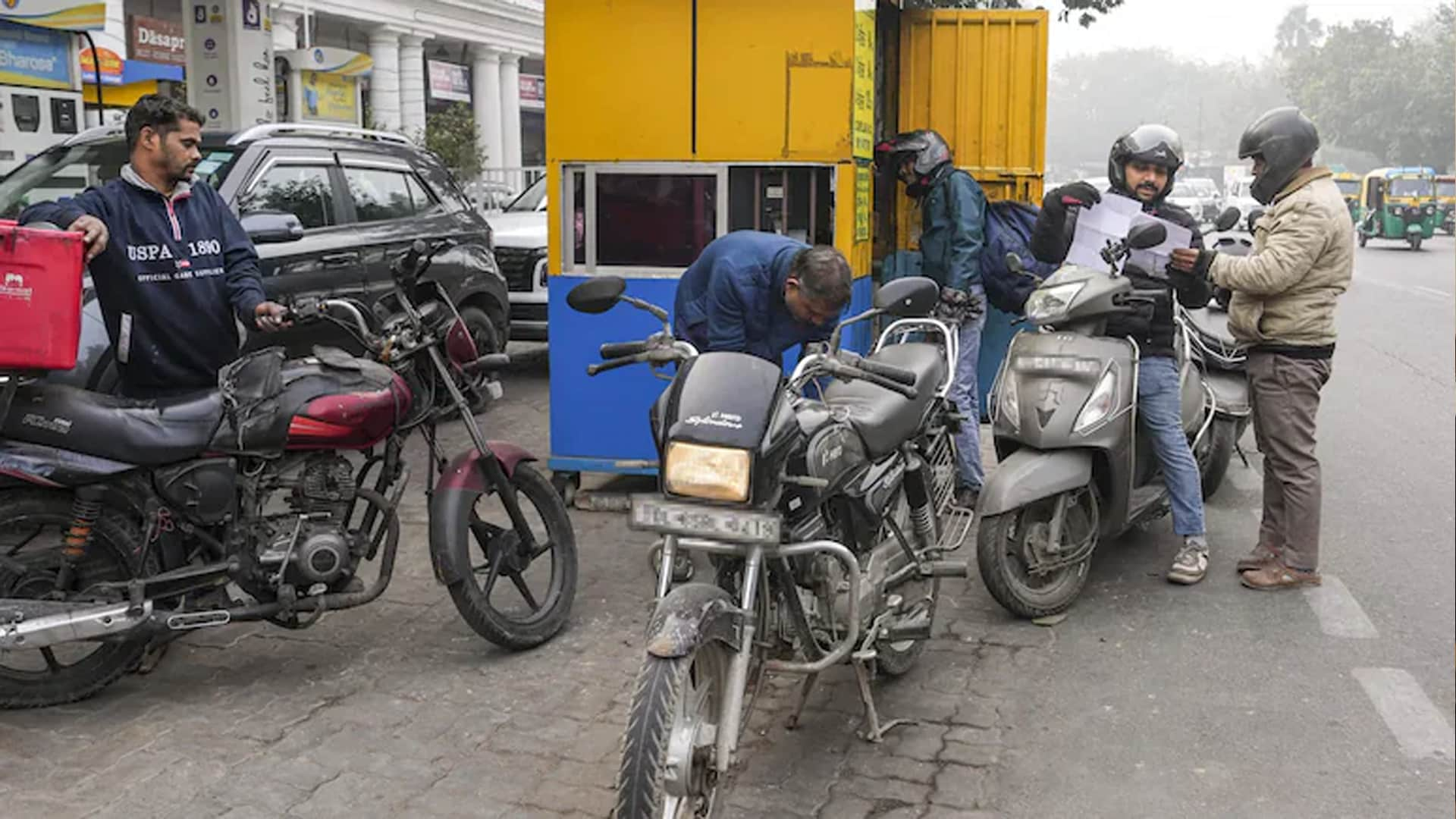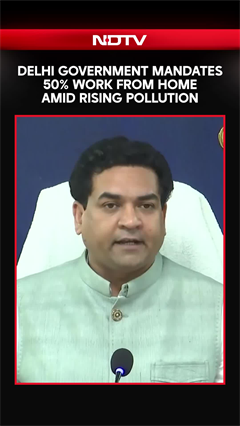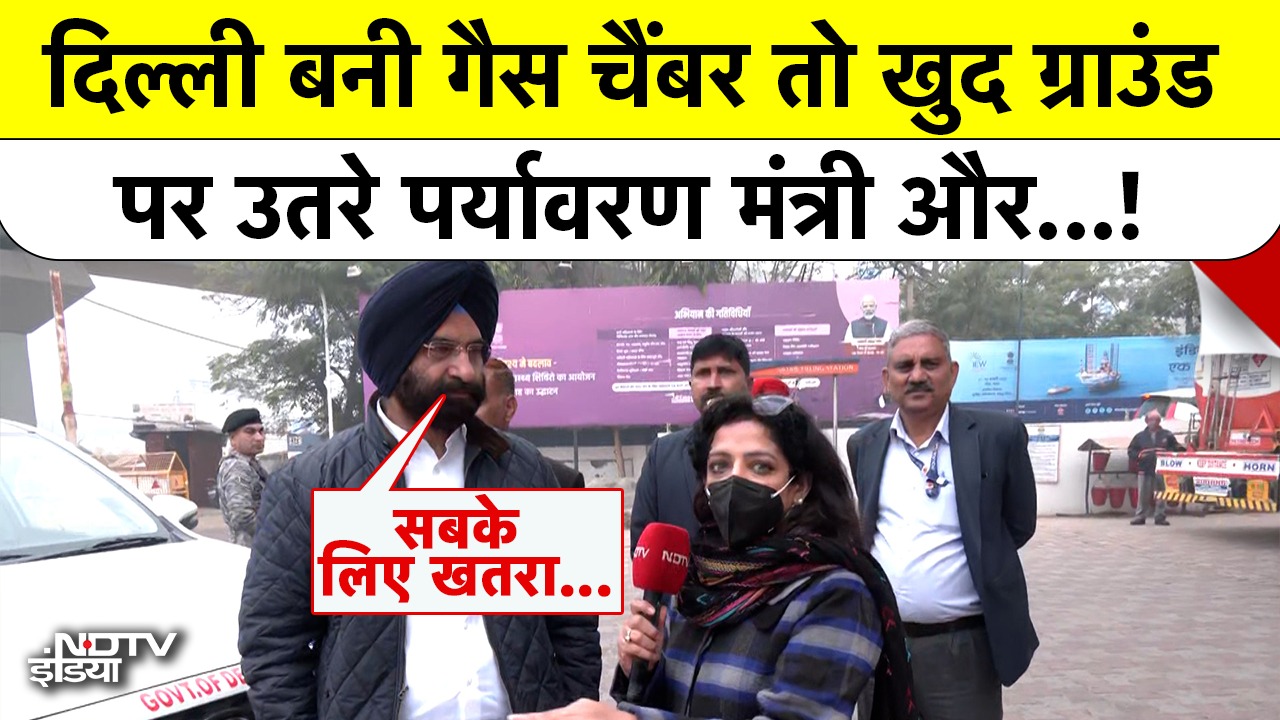- Home/
- Delhi Temperature Drops To 9.2 Degrees, Air Quality Remains 'Very Poor'
Delhi Temperature Drops To 9.2 Degrees, Air Quality Remains 'Very Poor'

Delhi's air quality was recorded in the "very poor" category on Thursday, while the maximum temperature settled at 26.7 degrees Celsius, normal for this time of the year.
The minimum temperature was recorded at 9.2 degrees Celsius, two notches below the season's average.
The weatherman has forecast a partially cloudy sky on Friday with shallow to moderate fog in the morning. The maximum and minimum temperatures would hover around 26 and 10 degrees Celsius respectively.
The 24-hour Air Quality Index (AQI) stood at 390.
An AQI between zero and 50 is considered "good", 51 and 100 "satisfactory", 101 and 200 "moderate", 201 and 300 "poor", 301 and 400 "very poor", and 401 and 500 "severe".
Delhi has been witnessing a steep increase in AQI levels after a marginal improvement on Sunday. The city recorded an AQI of 394 on Wednesday, 365 on Tuesday, 348 at 4 pm on Monday and 301 on Sunday.
The increase in AQI levels comes after the Centre on Saturday removed stringent curbs, including a ban on construction work related to linear projects and the entry of polluting trucks in Delhi, following a drop in pollution levels due to a favourable wind speed and direction.
(Except for the headline, this story has not been edited by NDTV staff and is published from a syndicated feed.)
also read
"Leaving Delhi After 13 Years": Man Blames City's Pollution For Developing Asthma
Edited by Astitva RajAs Delhi Chokes, MPs Scrap Air Crisis Debate Over Bad 'Atmosphere': Sources
Written by Chandrashekar Srinivasan3,746 Challaned, 61,000 PUCs Issued On Day 1 Of 'No PUC, No Fuel' In Delhi
Reported by Ishika Verma
Latest Stories
- Edited by Astitva Raj | Friday December 19, 2025
His post quickly became popular among people who have experienced similar health and safety concerns while living in Delhi.
- Press Trust of India | Friday December 19, 2025 , New Delhi
Commuter awareness rises after Delhi's BS-VI and No PUC, No Fuel enforcement; fuel sales dip in border areas, PUC queues remain steady, says DPDA president.
- Written by Chandrashekar Srinivasan | Friday December 19, 2025 , New Delhi
India's lawmakers were supposed to discuss the horrid blanket of toxic air smothering the national capital region sometime during Parliament's winter session, which wrapped up Friday. But they could not find the time.
- Friday December 19, 2025
After the fourth T20I between India and South Africa in Lucknow was abandoned due to 'excessive fog', concerns regarding Air Quality Index (AQI) has been raised ahead of the fifth T20I in Ahmedabad.
- Reported by Ishika Verma | Thursday December 18, 2025 , New Delhi
Delhi's 'No PUC, No Fuel' directive came into force across the national capital on Thursday amid claims of strict enforcement
................................ Advertisement ................................
Latest Videos
Opinion
Blog | Well Done, Delhi. You've Turned Lung Sacrifice Into A Badge Of HonourSaikat Kumar Bose
Monday November 10, 2025Till some years back, Delhiites would ask angry questions to those in power about the capitals annual tryst with toxic air. This has changed. Those in the driving seat dont see the need to answer now.
Opinion | Why Indians Have Just Given Up On Air Pollution CrisisTanushree Ganguly
Friday December 20, 2024While some may argue that people in Delhi are now more aware of air pollution than they were a decade back, my rebuttal would be that awareness does not mean that people are concerned.
Opinion | You Must Outrage Over Filthy Air More Than Once A YearJyoti Pande Lavakare
Tuesday December 10, 2024Delhi welcomed us with monsoon rains and mangos. We were home. Fast forward a couple of years, in the winter of 2012, I found myself in denial about something other parents, mostly expats, were calling toxic air.
Opinion | Delhi's Air Pollution Situation Is Like A Bad MarriageNishtha Gautam
Friday November 22, 2024On a good day, such as today, the AQI reading in Delhi is 407. We are jubilant at the sickly sunshine trickling through the slightly dissipated smog. At least its not 1600.
दिवाली... पराली... सियासी जुगाली!Ashwini kumar
Monday November 18, 2024दिल्ली-एनसीआर में प्रदूषण का समाधान तो आज तक मिला नहीं. हर साल चिंतित होकर हम-आप सांसों की तकलीफ के साथ-साथ दिल और ब्लड प्रेशर के मरीज भी क्यों बनें?








